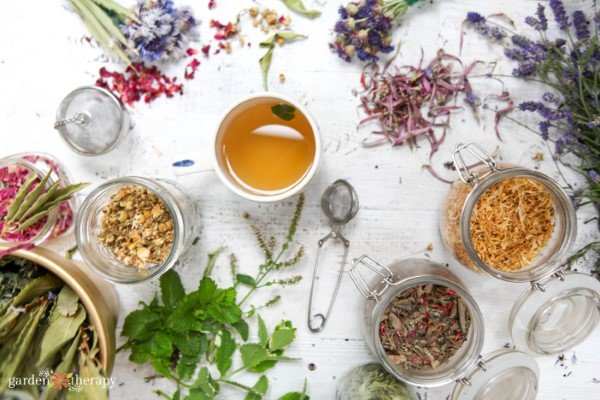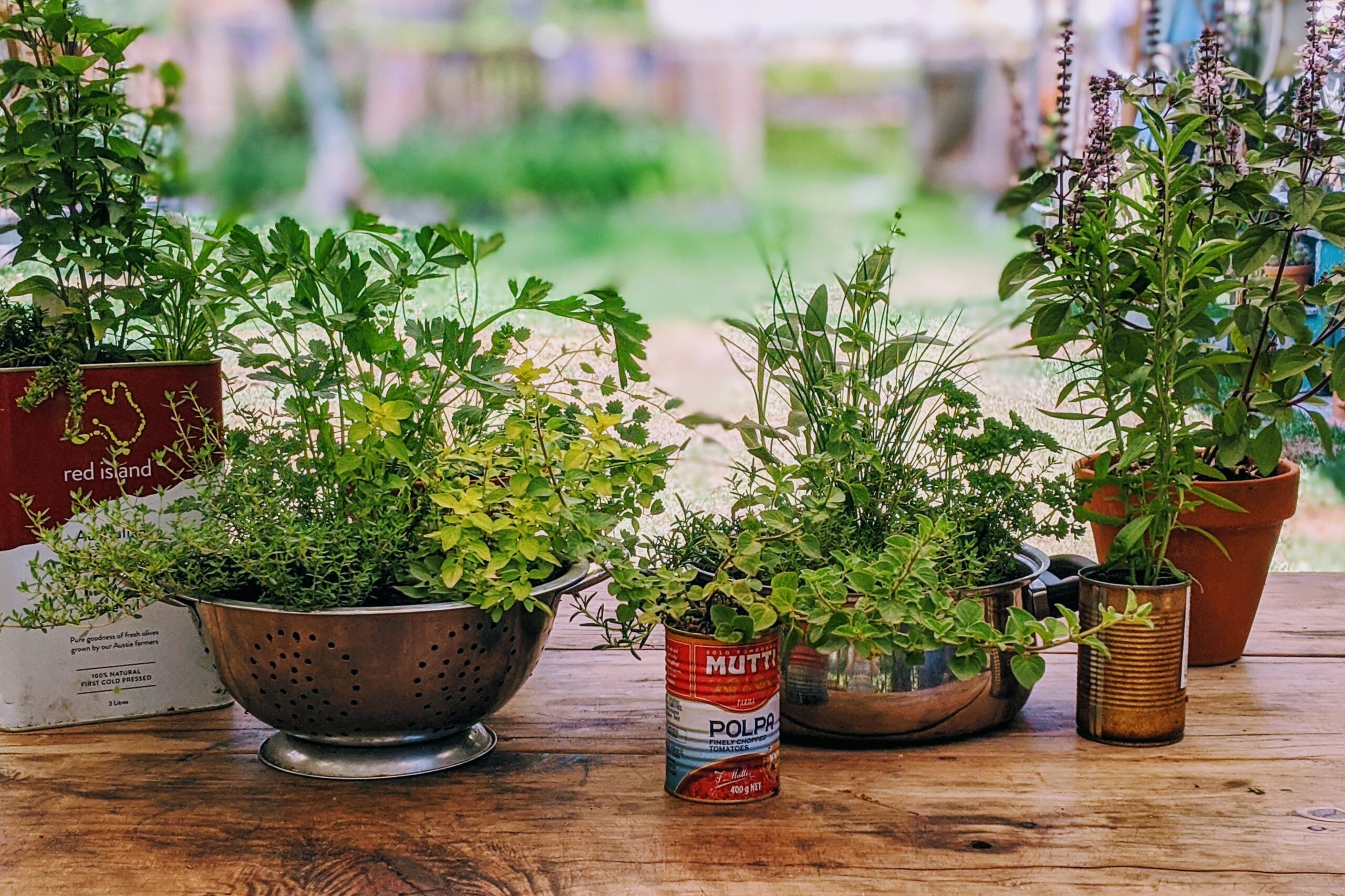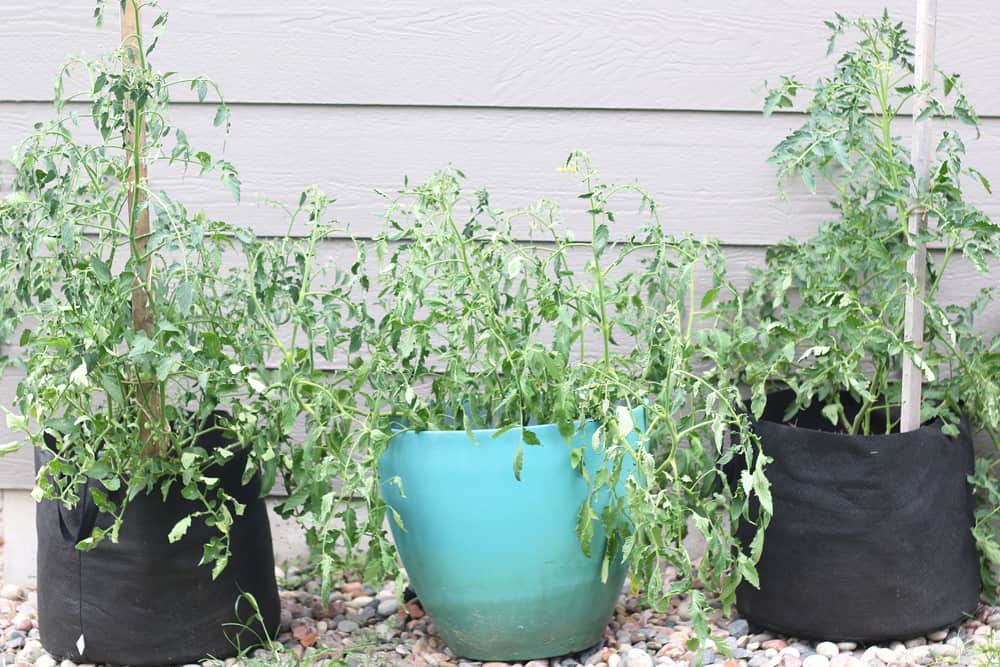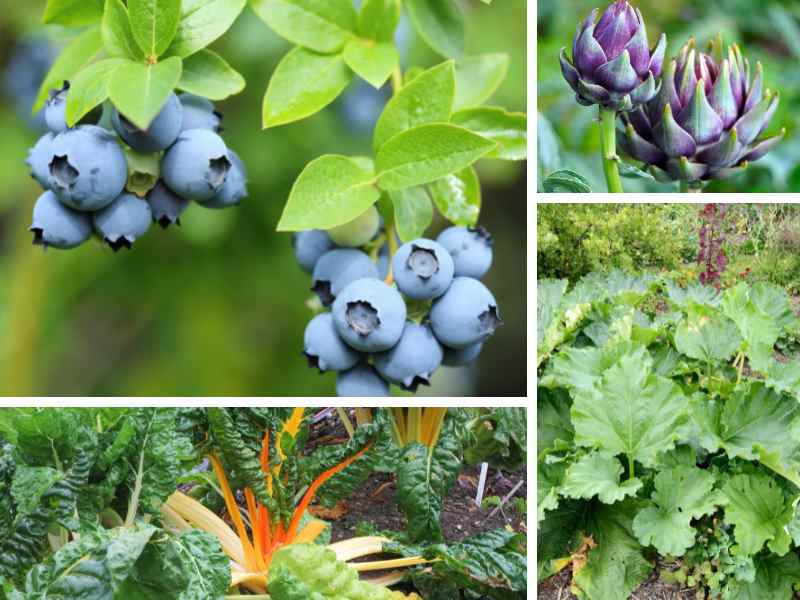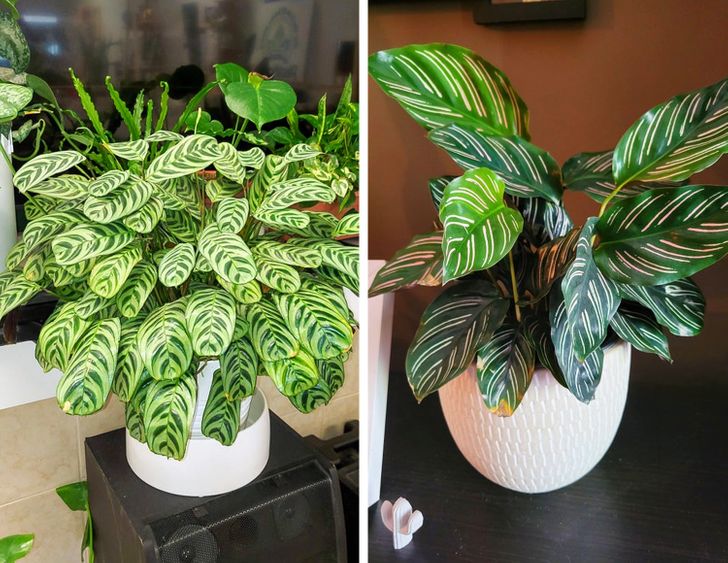
Introduction: Embracing the Beauty of Moisture-Loving Plants
For many gardeners, the words “high moisture” might conjure images of soggy, struggling plants. But what if I told you that certain plants not only tolerate but actually thrive in consistently wet conditions? Areas with poor drainage, frequent rainfall, or proximity to bodies of water can present unique challenges, but also exciting opportunities to cultivate a lush and vibrant landscape. Selecting the right plants for these high-moisture environments is key to creating a thriving garden instead of a frustrating battle against nature.
This comprehensive guide will delve into the fascinating world of plants that adore moisture, offering practical advice and inspiration to transform damp areas into stunning showcases of botanical beauty. We’ll explore the characteristics that make certain plants well-suited for wet conditions, discuss specific plant recommendations tailored to various climates and aesthetic preferences, and provide tips for successful planting and maintenance.
Understanding High Moisture Environments
Before diving into plant selection, it’s crucial to understand the nuances of high-moisture environments. These areas are typically characterized by:
- Poor Drainage: Water accumulates on the surface or just below, leading to prolonged periods of saturation.
- High Water Table: The level of groundwater is close to the surface, constantly supplying moisture to the soil.
- Frequent Rainfall: Regions with high precipitation experience consistent soil saturation.
- Proximity to Water Bodies: Areas near rivers, lakes, ponds, or wetlands naturally have higher soil moisture levels.
These conditions can create several challenges for plants, including:
- Root Rot: Prolonged saturation deprives roots of oxygen, leading to fungal infections and decay.
- Nutrient Deficiency: Waterlogged soils can hinder nutrient uptake, causing stunted growth and yellowing leaves.
- Increased Susceptibility to Disease: Damp conditions favor the development of various plant diseases.
However, by choosing plants specifically adapted to these challenges, you can create a beautiful and resilient garden that embraces the natural environment.
Key Characteristics of Plants for High Moisture
Plants that thrive in high-moisture environments possess specific adaptations that enable them to tolerate and even flourish in wet conditions. These characteristics include:
Adaptable Root Systems
Plants designed for wet settings often have root systems that are able to tolerate standing water and low oxygen levels. These root systems have special adaptations that allow for oxygen to be absorbed in a way that doesn’t lead to root rot. Some plants have shallow systems that allow them to thrive near the surface.
Tolerance to Anaerobic Conditions
Anaerobic conditions, meaning the absence of oxygen, are common in waterlogged soils. Plants adapted to these conditions have biochemical mechanisms that allow them to survive and function even when oxygen is scarce.
Efficient Water Uptake and Transpiration
While it may seem counterintuitive, plants in high-moisture environments need to be able to efficiently regulate water uptake and transpiration (the process of releasing water vapor through the leaves). This helps prevent waterlogging within the plant tissues.
Disease Resistance
As mentioned earlier, damp conditions can increase the risk of plant diseases. Plants that are naturally resistant to common fungal and bacterial infections are better suited for high-moisture gardens.
Plant Recommendations for High-Moisture Gardens
Now, let’s explore a selection of plants that are well-suited for high-moisture environments, categorized by plant type and characteristics:
Trees
Selecting the right trees for wet areas is crucial for long-term success. Here are some excellent options:
- River Birch (Betula nigra): This beautiful tree is known for its peeling, papery bark and tolerance of wet soils. It thrives in full sun to partial shade and provides excellent year-round interest.
- Bald Cypress (Taxodium distichum): Native to swampy areas, the bald cypress is exceptionally tolerant of wet conditions. It features feathery foliage and develops unique “knees” that protrude from the soil around the base of the tree.
- Red Maple (Acer rubrum): While not as tolerant of standing water as the bald cypress, the red maple can still thrive in moderately moist soils. It offers stunning fall foliage and is a relatively fast-growing tree.
- Willow (Salix species): Willows are known for their love of water and graceful, weeping branches. They come in various sizes and forms, making them suitable for different landscape applications. Be mindful of their aggressive root systems, and plant them away from underground pipes or structures.
- Green Ash (Fraxinus pennsylvanica): The Green Ash is a hardy tree that tolerates wet conditions and urban pollution. Its adaptability makes it a good choice for challenging sites.
Shrubs
Shrubs add structure, texture, and color to high-moisture gardens. Consider these options:
- Red Twig Dogwood (Cornus sericea): This shrub is prized for its vibrant red stems, which provide a striking contrast against the winter landscape. It thrives in wet soils and tolerates full sun to partial shade.
- Winterberry Holly (Ilex verticillata): This deciduous holly produces bright red berries that persist throughout the winter, providing food for birds and adding visual interest to the garden. It prefers acidic, moist soils.
- Sweet Pepperbush (Clethra alnifolia): This fragrant shrub produces showy white or pink flower spikes in late summer, attracting butterflies and hummingbirds. It tolerates wet soils and thrives in partial shade.
- Buttonbush (Cephalanthus occidentalis): Native to wetlands, the buttonbush is a unique shrub with globe-shaped flower heads that resemble pincushions. It attracts pollinators and provides habitat for wildlife.
- Virginia Sweetspire (Itea virginica): This shrub has fragrant, drooping white flowers in spring and stunning red foliage in the fall. It adapts well to wet or average soils and prefers partial shade.
Perennials
Perennials provide long-lasting color and texture to your high-moisture garden. Here are some excellent choices:
- Swamp Milkweed (Asclepias incarnata): This native milkweed is a vital food source for monarch butterflies and features beautiful pink flowers. It thrives in wet soils and full sun.
- Cardinal Flower (Lobelia cardinalis): This striking perennial produces vibrant red flower spikes that attract hummingbirds. It prefers moist soils and partial shade.
- Japanese Iris (Iris ensata): These elegant irises feature large, showy flowers in various colors. They thrive in moist soils and full sun to partial shade.
- Ligularia (Ligularia dentata): Ligularia offers bold foliage and bright yellow or orange daisy-like flowers. It thrives in moist soils and partial to full shade. ‘Britt-Marie Crawford’ is a popular cultivar with dark purple foliage.
- Astilbe (Astilbe species): Astilbes are known for their feathery plumes of flowers in shades of pink, red, white, and purple. They prefer moist soils and partial to full shade.
- Hosta (Hosta species): Hostas are shade-loving plants with attractive foliage in various colors, shapes, and sizes. They thrive in moist soils and provide excellent ground cover.
- Canna (Canna species): While often grown as annuals, cannas can survive as perennials in warmer climates. They offer bold foliage and vibrant flowers and thrive in moist soils and full sun.
- Joe-Pye Weed (Eutrochium purpureum): This towering perennial attracts butterflies and other pollinators with its large clusters of pinkish-purple flowers. It thrives in moist soils and full sun to partial shade.
- Turtlehead (Chelone lyonii): Turtlehead gets its name from the unique shape of its flowers, which resemble turtle heads. It thrives in moist soils and partial shade.
Groundcovers
Groundcovers help suppress weeds, retain moisture, and add visual appeal to your high-moisture garden. Consider these options:
- Creeping Jenny (Lysimachia nummularia): This low-growing groundcover features bright green or golden leaves and small yellow flowers. It thrives in moist soils and tolerates full sun to full shade. Be mindful that it can be aggressive and may need to be contained.
- Japanese Sweet Flag (Acorus gramineus): This grass-like plant forms dense clumps of foliage and tolerates wet soils. It comes in various cultivars with different foliage colors and patterns.
- Bugleweed (Ajuga reptans): Bugleweed is a low-growing groundcover with attractive foliage and spikes of blue, purple, or pink flowers. It thrives in moist soils and tolerates full sun to full shade.
- Ostrich Fern (Matteuccia struthiopteris): Ostrich ferns add a touch of woodland charm to your high-moisture garden. They thrive in moist soils and shade and spread readily by rhizomes.
Design Considerations for High-Moisture Gardens
When designing a high-moisture garden, consider the following factors:
Sunlight
Assess the amount of sunlight your garden receives. Some plants prefer full sun, while others thrive in partial or full shade. Choose plants that are well-suited to the light conditions in your garden.
Soil Type
While all the plants listed above tolerate wet soils, some may prefer specific soil types. Amend your soil with organic matter to improve drainage and fertility.
Climate
Consider your local climate when selecting plants. Choose plants that are hardy in your region and can withstand the temperature extremes and rainfall patterns.
Aesthetics
Think about the overall look and feel you want to create in your garden. Choose plants with different textures, colors, and heights to create visual interest.
Planting and Maintenance Tips for High-Moisture Gardens
To ensure the success of your high-moisture garden, follow these planting and maintenance tips:
Soil Preparation
Before planting, amend the soil with plenty of organic matter, such as compost or well-rotted manure. This will improve drainage and provide essential nutrients to the plants.
Planting Depth
Plant at the correct depth. Planting too deep can suffocate the roots, while planting too shallow can expose them to drying out.
Watering
While these plants tolerate wet conditions, they still need regular watering, especially during dry spells. Monitor the soil moisture and water as needed.
Fertilizing
Fertilize your plants regularly with a balanced fertilizer. Avoid over-fertilizing, as this can lead to excessive growth and make the plants more susceptible to disease.
Mulching
Apply a layer of mulch around your plants to help retain moisture, suppress weeds, and regulate soil temperature. Use organic mulches, such as shredded bark or wood chips.
Pruning
Prune your plants regularly to remove dead, diseased, or damaged growth. This will improve air circulation and prevent the spread of disease.
Pest and Disease Control
Monitor your plants for pests and diseases. Take action promptly to prevent infestations or infections from spreading. Use organic pest control methods whenever possible.
Addressing Specific Challenges in High-Moisture Gardens
While choosing the right plants is crucial, sometimes you need to address specific challenges to optimize your high-moisture garden:
Improving Drainage
If you have standing water in your garden, consider improving drainage by installing drainage tiles or creating raised beds. Adding organic matter to the soil can also help improve drainage.
Dealing with Root Rot
If you suspect root rot, remove the affected plants and treat the soil with a fungicide. Improve drainage to prevent future occurrences.
Managing Weeds
Weeds can thrive in high-moisture environments. Use mulch and hand-weeding to control weeds. Avoid using herbicides, as they can harm beneficial insects and plants.
Expanding Your Knowledge: Additional Resources
To further expand your knowledge of plants for high-moisture environments, consider consulting these resources:
- Local Nurseries and Garden Centers: Local experts can provide valuable advice and recommendations based on your specific climate and soil conditions.
- University Extension Services: These services offer a wealth of information on gardening and horticulture, including plant selection and maintenance.
- Online Gardening Forums and Communities: Connect with other gardeners and share your experiences and knowledge.
- Books and Magazines: Numerous books and magazines are dedicated to gardening and offer valuable information on plant selection and care.
The Benefits of Gardening in High-Moisture Environments
While high-moisture environments can present challenges, they also offer unique opportunities to create stunning and ecologically valuable gardens. By choosing the right plants and implementing appropriate management practices, you can:
- Create a Beautiful and Thriving Landscape: Embrace the natural environment and create a garden that is both visually appealing and ecologically sound.
- Attract Wildlife: Many plants that thrive in high-moisture environments provide food and habitat for birds, butterflies, and other wildlife.
- Reduce Water Consumption: By selecting plants that are adapted to wet conditions, you can reduce your reliance on irrigation.
- Improve Soil Health: Plants can help improve soil health by adding organic matter and preventing erosion.
- Increase Property Value: A well-designed and maintained garden can increase the value of your property.
Conclusion: Embracing the Potential of Wet Environments
Gardening in high-moisture environments doesn’t have to be a struggle. By understanding the challenges and opportunities these environments present, and by choosing the right plants, you can create a beautiful, thriving, and ecologically valuable garden. Embrace the potential of wet environments and transform them into stunning showcases of botanical beauty. Remember to consider the specific conditions of your site, choose plants that are well-suited to those conditions, and provide proper care and maintenance. With a little planning and effort, you can create a garden that is both visually appealing and environmentally sustainable.
So, go ahead and explore the world of moisture-loving plants. Experiment with different combinations and designs. And most importantly, have fun! Gardening is a rewarding and enjoyable activity that can bring joy and beauty to your life.
